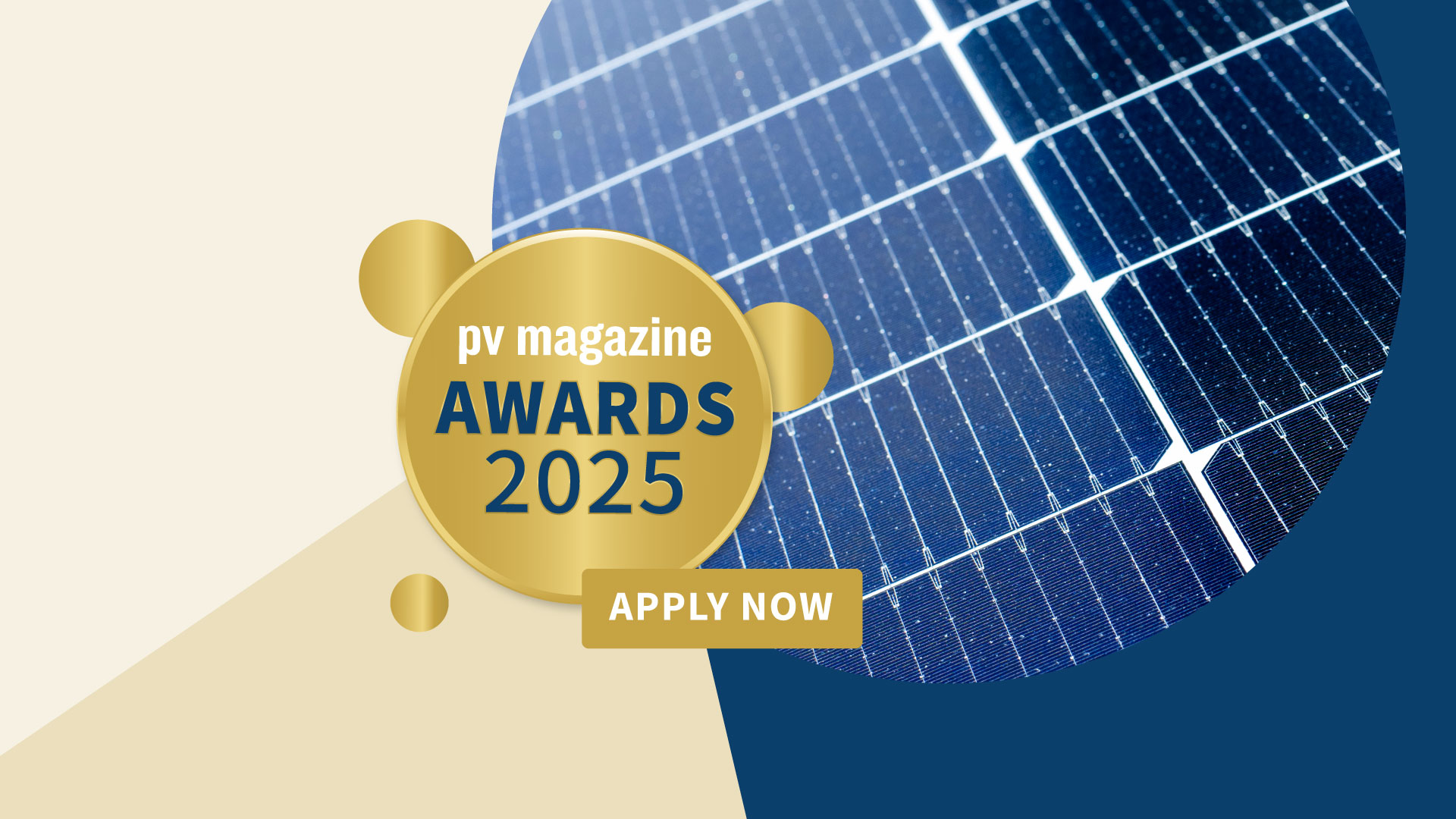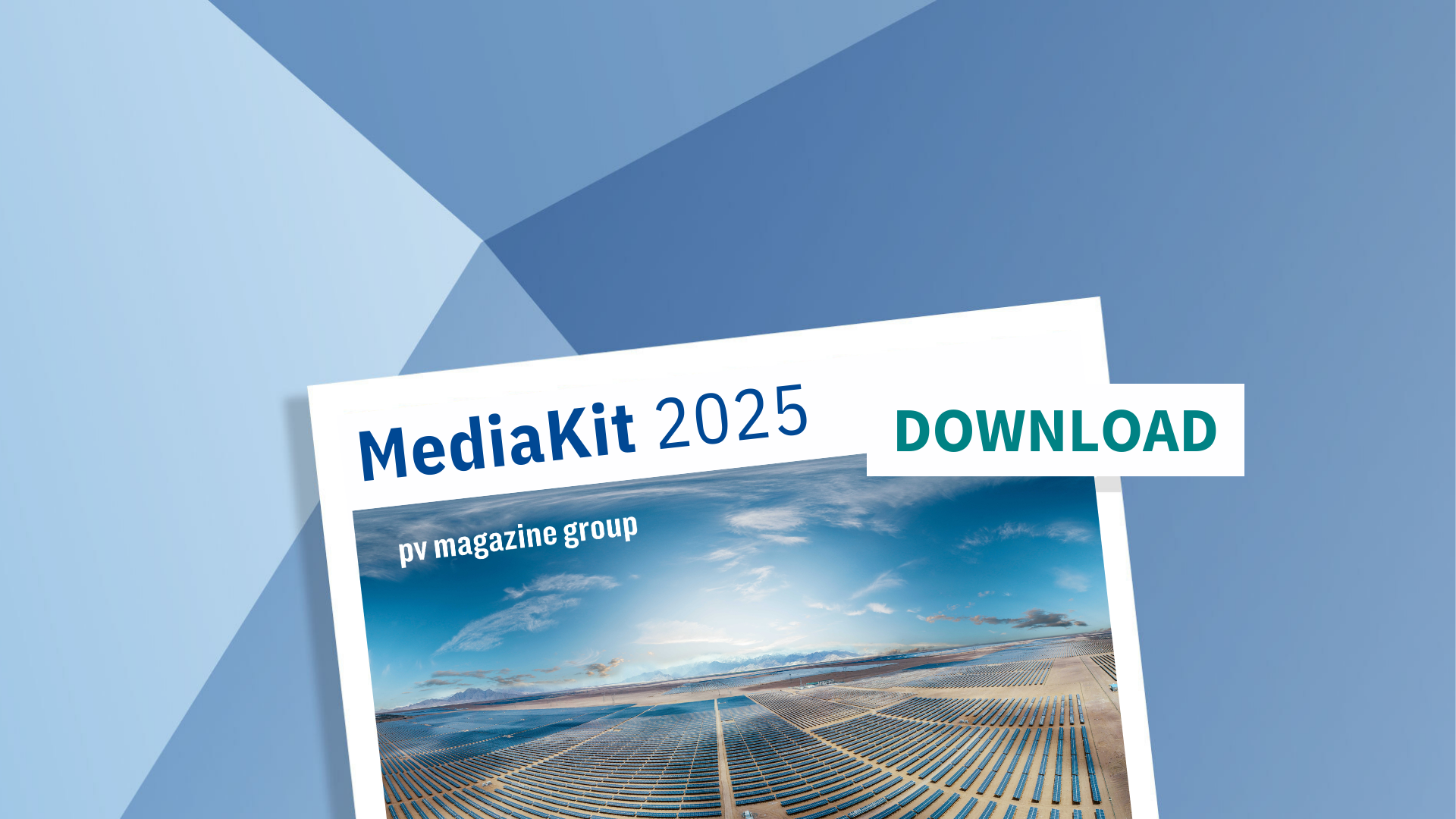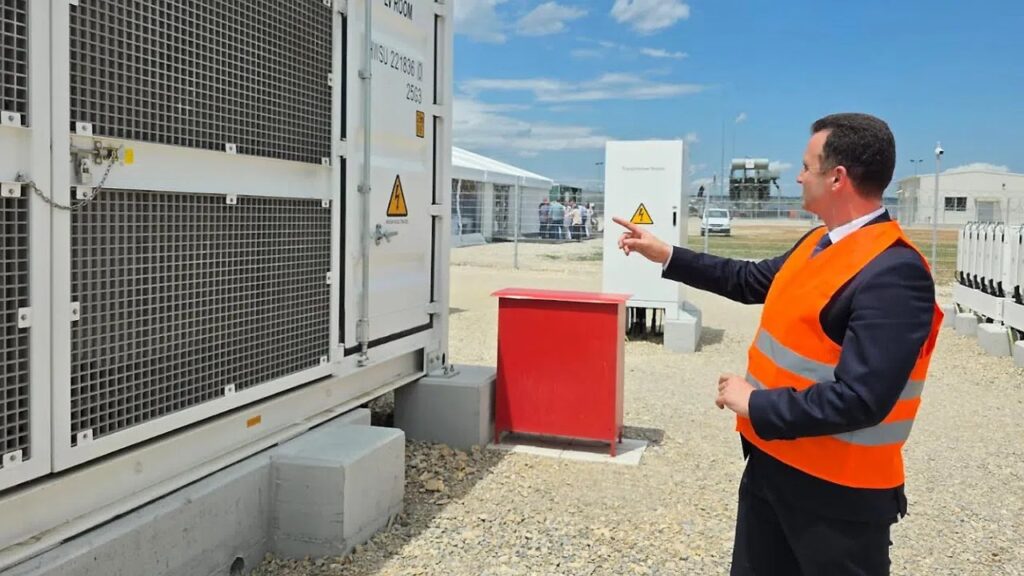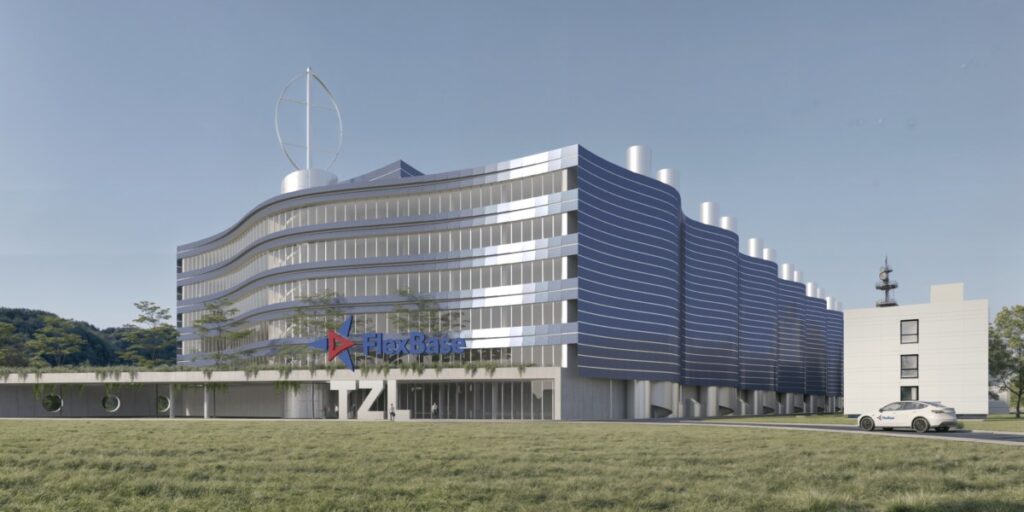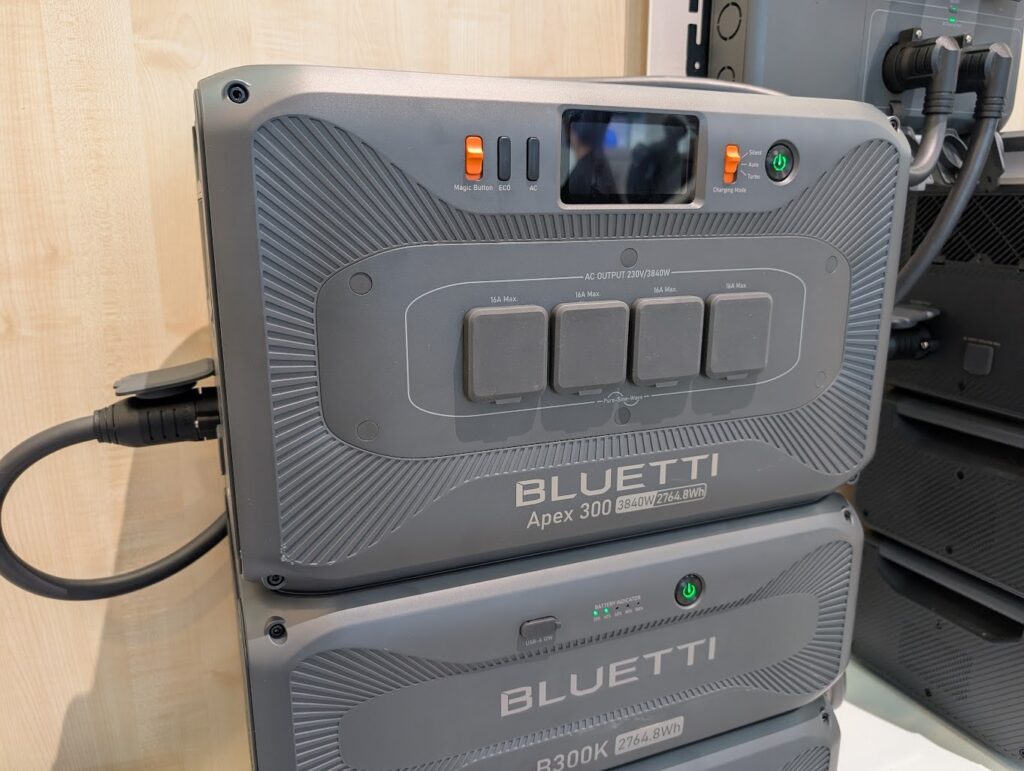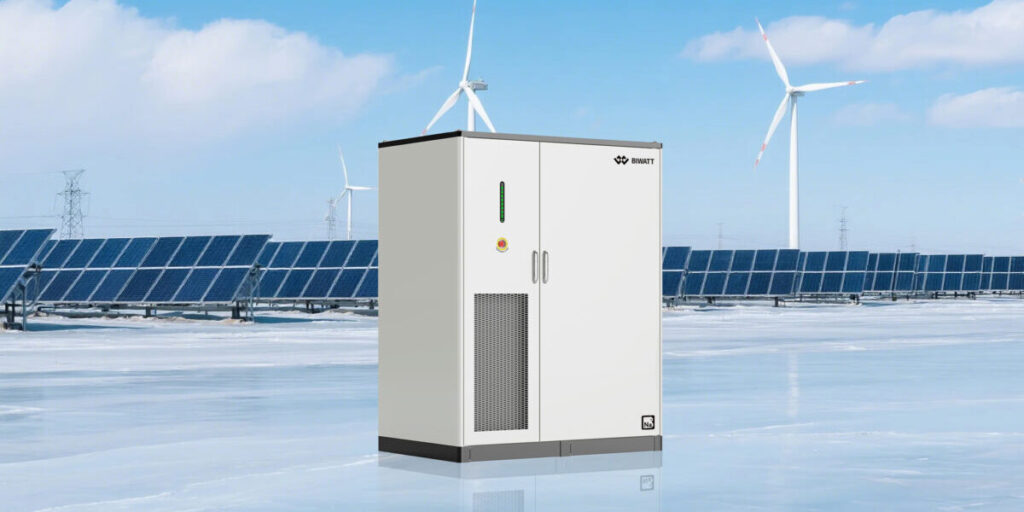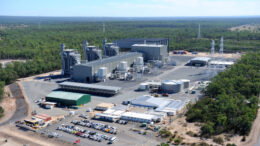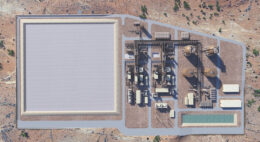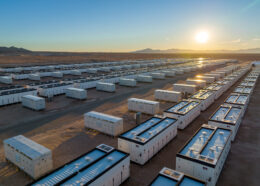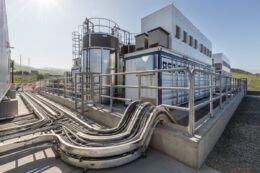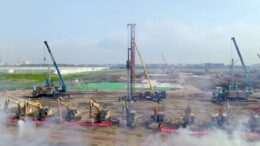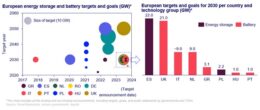Australian state of Victoria eyes 8.5 GW of energy storage by 2035
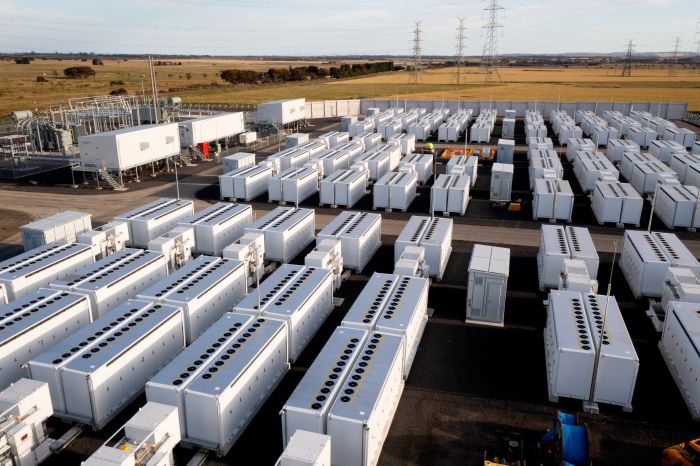
The government of the Australian state of Victoria has laid down a new decarbonisation plan, which could see 8.5 GW of various types of storage installed by 2035, up from around 537 MW today.
The Cheaper, Cleaner, Renewable: Our Plan for Victoria’s Electricity Future roadmap emphasises building energy storage – such as the Victorian Big Battery – to help provide reliable renewable energy throughout the transition, as the government seeks increase renewable energy in the electricity mix to 65% by 2030 and 95% by 2035. The state currently generates around 38% of its power from renewables.
Predicting electricity use to increase in the next decade by at least 50% due to population growth and electrification needs, the state will seeks to introduce around 11.4 GW of new grid-scale renewables, including 4 GW of offshore wind, as well as 7.6 GW of additional rooftop solar.

The roadmap refers to the Australian Market Energy Operator (AEMO) 2024 Integrated System Plan projection that Victoria’s installed capacity will more than double by financial year 2036 to accommodate demand growth and address the exit of 4.8 GW of coal-fired power.
Victoria has legislated battery storage targets of at least 2.6 GW by 2030 as it moves towards the 6.3 GW target by 2035.
The new roadmap anticipates 4.3 GW of distributed storage by 2035 paired with rooftop PV, including behind-the meter batteries, demand-side participation and smaller front-of-meter assets such as neighbourhood batteries.
The figure comprises 2,480 MW of virtual power plants, 380 MW of vehicle-to-grid, 1,450 MW of uncoordinated storage. The document also notes that the virtual power plants (co-ordinated distributed storage) is also included in 6.3 GW target.
If all goes to plan, Victoria could host 8.5 GW of various storage capacity in operation by July 2035, as shown in the chart above, far exceeding its official target. The cumulative figure includes 4.1 GW utility storage, 2.9 GW coordinated, and 1.5 GW passive distributed storage.
An estimated AU$35 billion ($23.6 billion) in capital investment will be required to deliver the transition between now and 2035.
Victorian Energy and Resources Minister Lily D’Ambrosio said the government will deliver an affordable, reliable and secure electricity system and the consolidated plan will ensure community and industry are at the centre of an orderly transition.
“We mean business. We’re powering ahead with our big renewable energy build and creating and maintaining the right conditions for renewables investment,” D’Ambrosio said.



